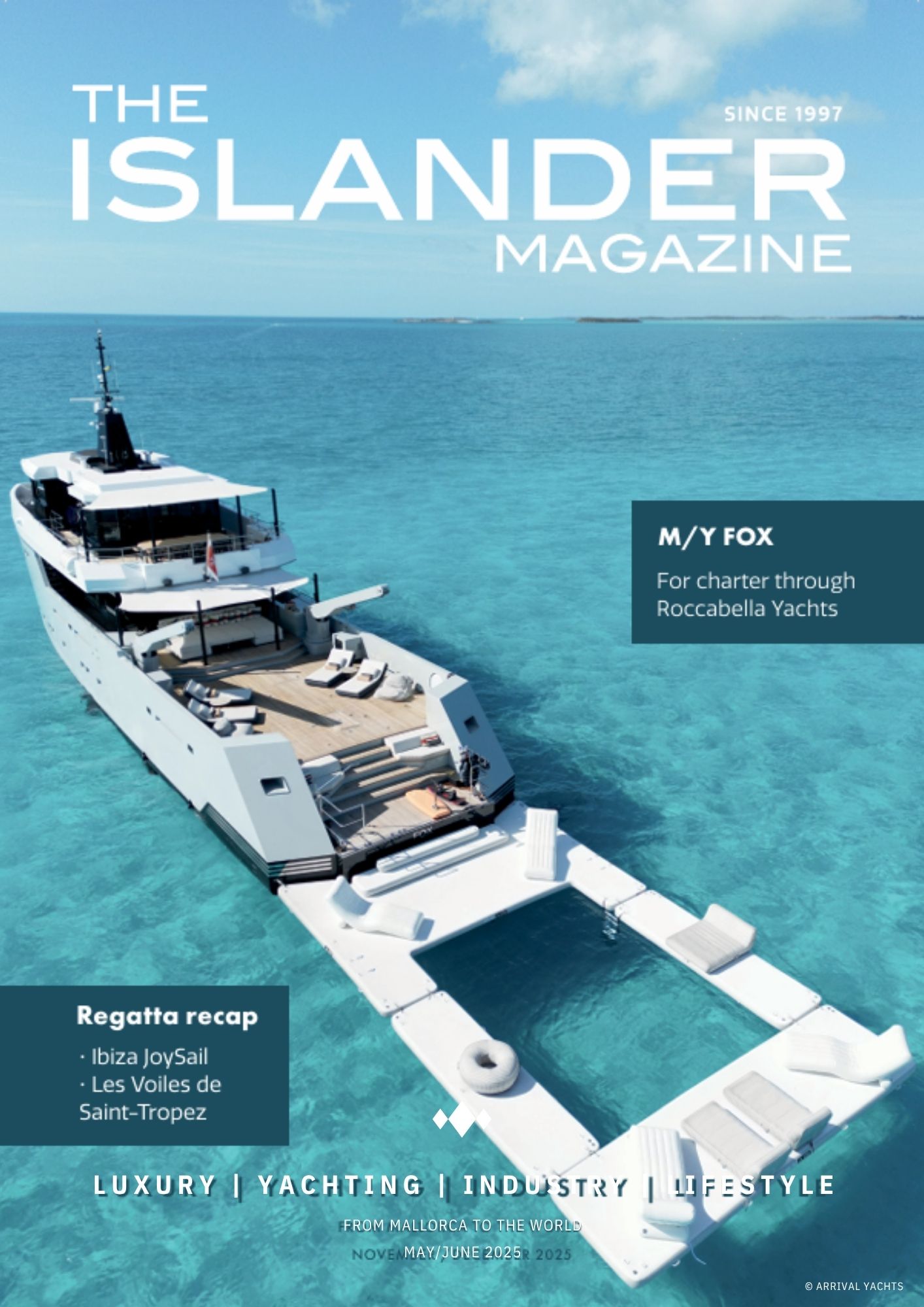Scottish son of Irish immigrants, one of his first jobs was on the ferry between Glasgow and Belfast, where he developed his passion for ships and the sea. At the age of 14 he travelled to New York, where it was difficult for him to find work until he got a place in a grocery store. By 1869 he had found his calling and learned American marketing techniques, and he returned to Glasgow to take over the business from his parents, which within a few years he became more prosperous by opening branches in Glasgow and London. He married in 1871 and had a son in 1873, but the marriage did not last: his most stable relationship was with a (male) manager of one of his grocery stores, with whom he lived very discreetly for 30 years.

Royalty began to look favorably on him when in 1897 he donated £ 25,000 (€ 3,500,000 today) to feed 400,000 poor people to commemorate Queen Victoria’s Diamond Jubilee. He became close friends with the Prince of Wales, soon to be King Edward VII, with whom he shared a passion for yacht racing. Ambitious in sport as well as in business, his first sailing was launching the challenge of the 1899 America’s Cup. He had applied for membership in the Royal Yacht Squadron, England’s most exclusive yacht club, but was not admitted due to “being a merchant”; he did not measure up on the social scale. So he launched the challenge through the Royal Ulster Yacht Club,Northern Ireland, the land of his parents. In 1898 he had the 39m Shamrock (shamrock, symbol of Ireland) built by the famous Scotsman William Fife III. In 1899 he lost all three races against the American Columbia. Lipton was a very gracious loser and did not budge. At the end of the century, he sold shares in his company, keeping most of it, earning from this operation about 1500 millions of today euros. In 1901 Edward VII made him a Knight, by which he became Sir Thomas Lipton. He built Shamrock II, a 41m yacht with a steel hull on manganese bronze frames, very advanced for the time. They had an accident during practice, in which King Edward VII was on board as a guest. Kaiser Wilhelm II, an avid yachtsman and cousin of Edward VII, stated that the King “was sailing with his grocer” and was therefore suspended from the Royal Yacht Squadron for misconduct, even though Lipton was not a member. Lipton lost again to Columbia in 1901 but his chivalry made him very popular in the USA, where he greatly increased his tea sales as a result. History would repeat itself three more times: Shamrock III, IV, and V lost to Reliance, Resolute (after War I), and Enterprise. In 1929 he was accepted as a member in the Royal Yacht Squadron.
Sir Thomas Johnstone Lipton, First Baronet of Osidge and Knight Commander of the Order of Victoria, born poor in the suburbs of Glasgow, died in 1931 in his barony north of London. Without descendants, he donated his entire fortune to the city of Glasgow.













0 Comments